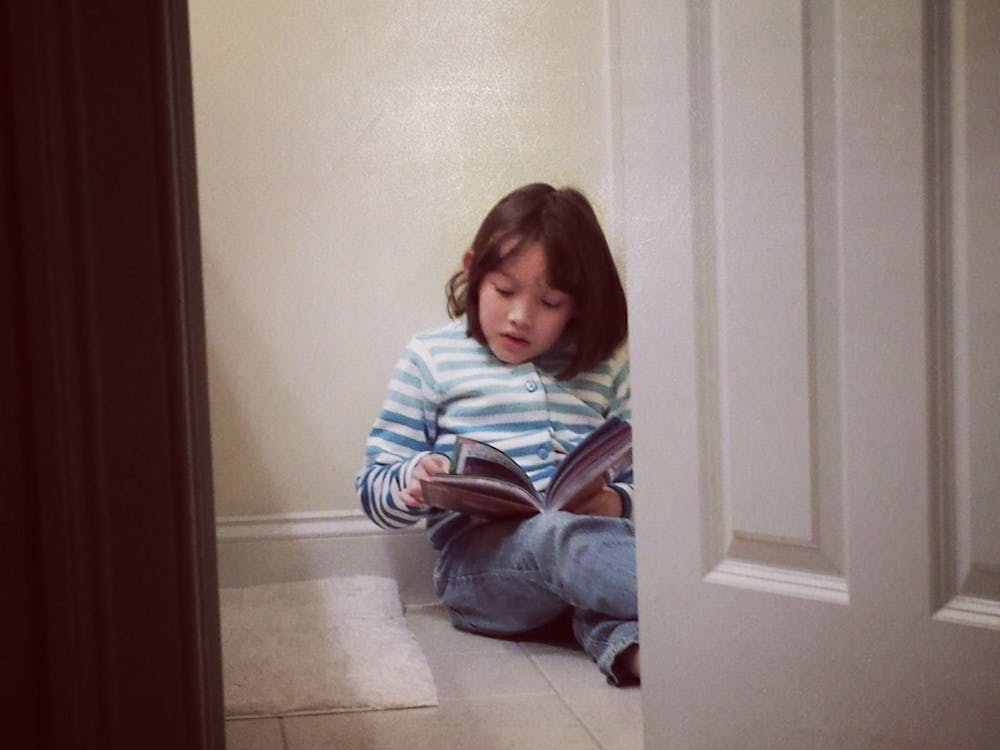
The best teas in terms of supposed weight loss (as ranked by online sources, most of which are recipe and fitness blogs run by rich, young, white, vegan girls) also tend to be the ones with more intense flavors or colors.
These teas make me feel more full just because it doesn’t feel like I’m drinking only water. Take white tea as a counterexample: It looks and tastes extremely mild compared to other options out there, and drinking it doesn’t give me the same satisfaction as a cup of intense, burgundy-colored black tea.
It’s also much less popular than other types of tea; I’ve never stumbled across any posts that solely attest to the greatness of white tea.
On the other hand, I’ve seen entire blogs dedicated to matcha (green tea) powder and the various ways to incorporate it into your diet beyond just a tea drink. These blogs really tend to hype up the versatility of matcha in recipes, which I was skeptical of at first.
But over the past year, I’ve learned it really isn’t hard to include matcha in your diet as something actually enjoyable to ingest. It’s similar to how avocados can be used in many different recipes to make them healthier.
While I usually just dump matcha powder into water, because that’s the simplest recipe out there, matcha in water by itself is just plain gross. I end up drinking every sip with a grimace, getting through each cup only by telling myself it’s healthy.
I’m always tempted to add sugar or honey, but the knowledge that such additions would defeat the purpose keeps me from doing so. Of course, my willpower isn’t that strong, there are times when I’ll drink a cup of matcha water and then eat a whole pack of gummy bears right after.
But when I’m slightly less lazy, I add matcha to delicious recipes to make them somewhat guilt-free. In the past, I’ve found that matcha is great in lattes, smoothies, “nice” cream (mashed frozen bananas that imitate the texture of real ice cream) and even rice cooker cakes.
I never really used to get the idea of cooking or baking as a stress-relief mechanism, but after my many attempts at working with matcha, I’ve started to get the hang of it and understand why it works.
Seeing the end products, which are usually things I don’t feel too bad about snacking on late at night, makes me a lot happier and motivates me to continue working hard.
In the near future, I’m hoping to try out even more desserts with matcha, such as matcha pancakes or cookies. If I’m adventurous enough, I might even try to bake matcha macarons sometime. That’s definitely something that’s on the bucket list.
It’s also convenient to be able to take something that you normally enjoy eating and make it healthier while still keeping it delicious. That sentiment is exactly why I’m addicted to vegan food blogs and YouTube channels in the first place.
I’m not vegan by any means, since I can’t imagine going without meat, but the vegan meals in these online recipes have such a good aesthetic and add up to such few calories that I love trying them — even weird things like pizza with a cauliflower crust.
Matcha tends to add this lovely, vibrant green color that ends up making your food look so pretty that it’s difficult to eat (which is good, since eating less is the first step to a diet conducive to weight loss).
For people without major health problems, weight loss really does come down to putting yourself in the right mindset, even if that means manipulating yourself.
Of course, that’s still a major struggle for me, because nothing about my tea drinking habits or love for matcha desserts has done anything to stave off the mortal enemy of my scale reading in the morning: late-night snacking.




